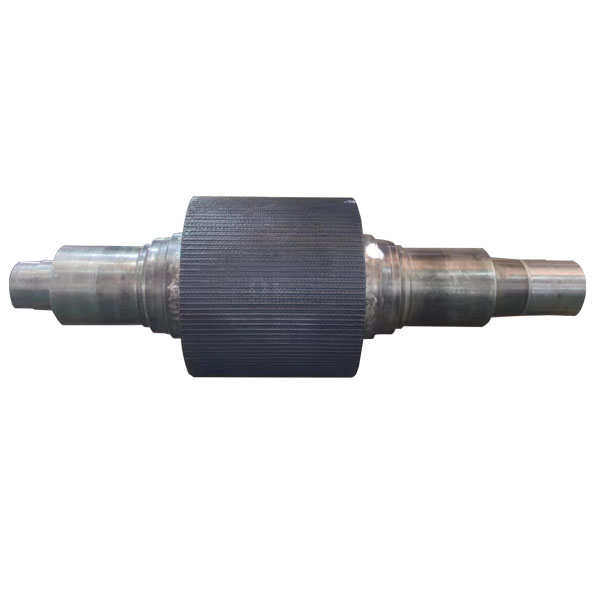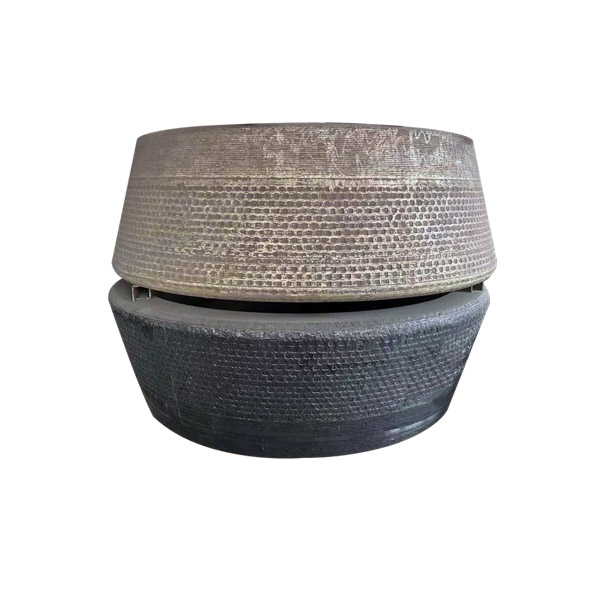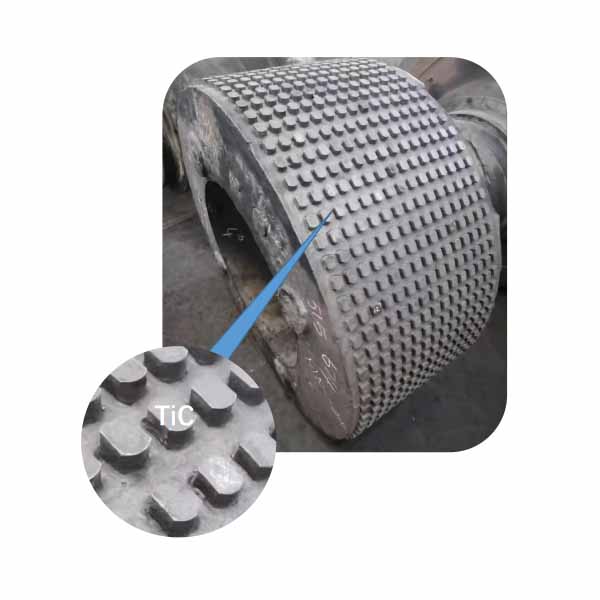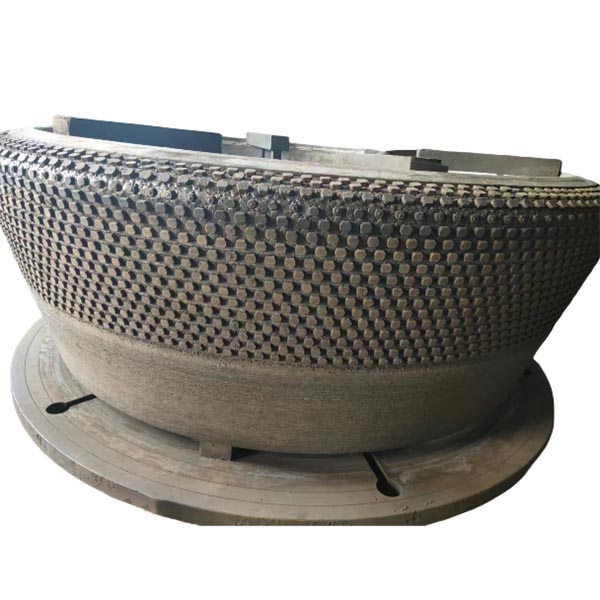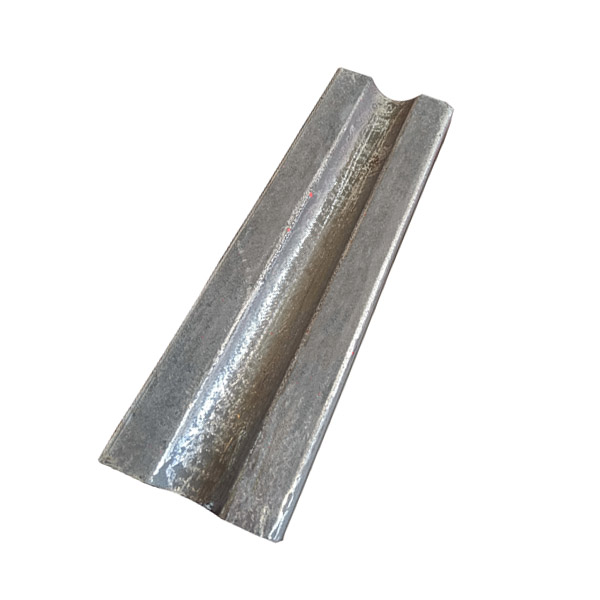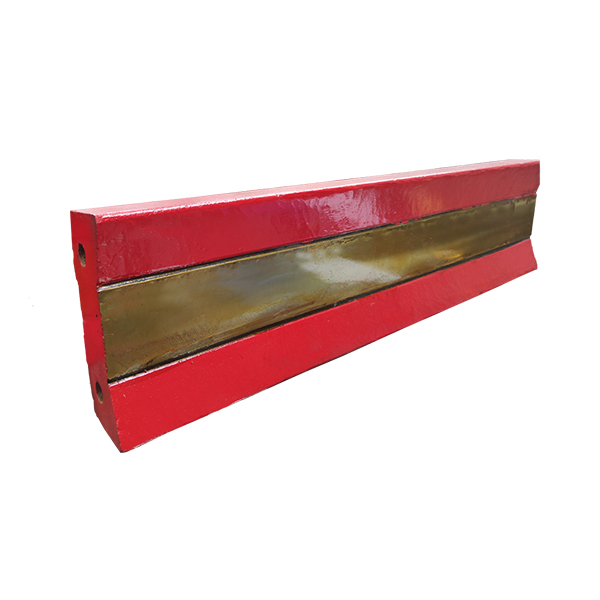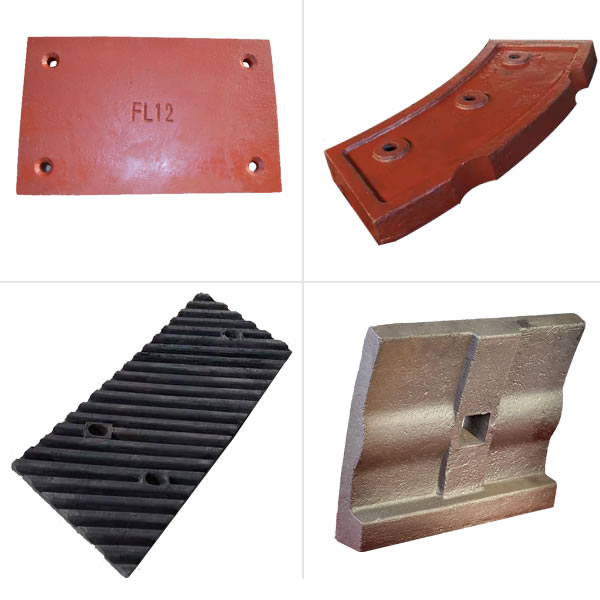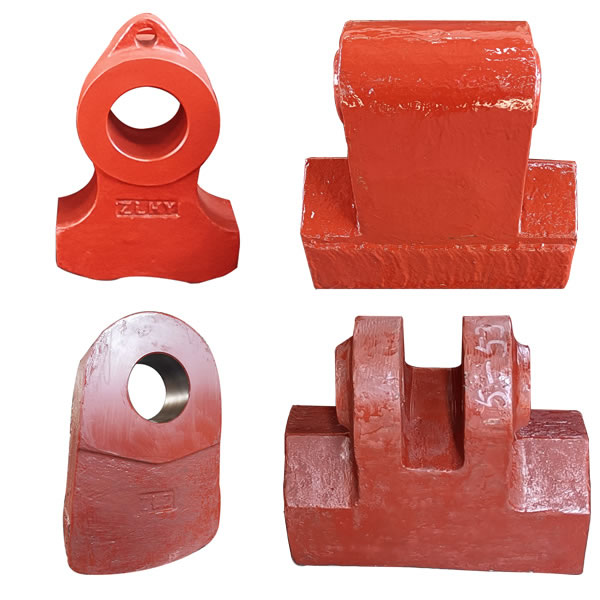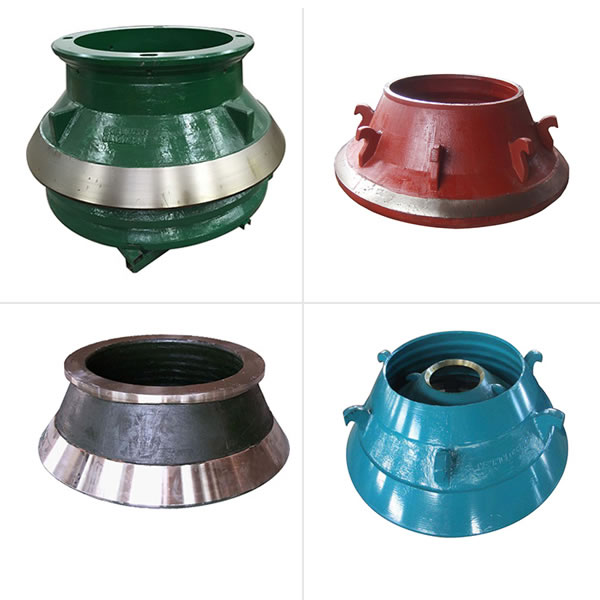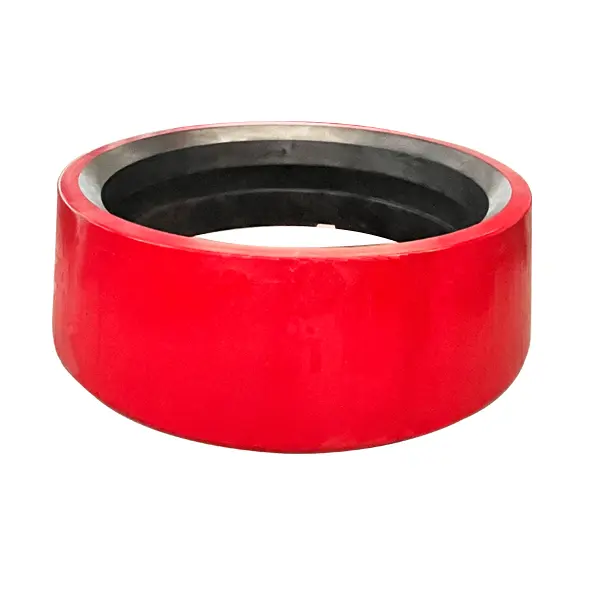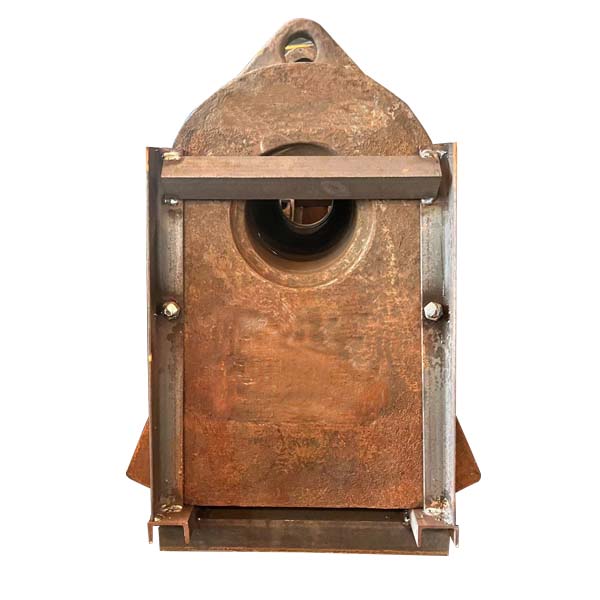Alloy stud surfacing welding roller
Global Sales OEM tailor design
Product name: Extrusion roller of roller press/Roller Sleeve with Shaft/Hardfacing Roller
Production process: Casting+surfacing
Applicable machines: Roller press
Material types: Alloy steel (high manganese steel) + titanium carbide/Tungsten Carbide(stud) + surfacing;
Applicable industries:Cement, chemicals, electricity, metallurgy, building materials, refractory materials
Adaptable materials: Limestone, slag, coke, coal and other materials
Our service:
1. Before sales, we will fully understand the customer's working conditions and recommend the most appropriate material selection to the customer.
2. Provide customers with drawings based on their machine models, spare parts dimensions, etc.
3. After sales, we will continue to pay attention to the usage of the product and provide timely help.
4. Ensure that the quality of the purchased components is impeccable, and the technical parameters absolutely meet national standards.
5. Provide free quotation, worldwide sales, short delivery cycle, low price.
If you need detailed technical information of the product or cannot find the product you need on the website, please email us(zhiliwearparts@lyzhili.com), because we are a customized factory for roller press spare parts.
The roller material is mainly composed of Cr, Mo, V, W, Nb and other elements. The wear-resistant layer is placed on the outermost layer of the roller sleeve by centrifugal casting. The surface pattern is formed by casting.
The roller base material is mainly alloy steel + titanium carbide/tungsten carbide (stud), and the surface is welded with welding wire to form a wear-resistant layer.
Alloy stud surfacing welding roller is composed of roller shaft, special alloy compound roller sleeve and wear-resistant cemented carbide studs.The extrusion roller of alloy stud surfacing roller press has the following characteristics:
1. The base metal is high-strength and high-toughness alloy cast steel, which can be welded;
2. The corresponding alloy studs can be selected according to the working conditions. The wear resistance of the alloy studs is good, comparable to that of ceramets, and can be welded;
3. In case of peeling of alloy studs under abnormal conditions, the studs can be replanted by overlaying, which is convenient and fast;
4. The alloy stud forms a binding effect in the inlay welding structure, further improving the resistance of the alloy stud and the surfacing layer Abrasion and reliability;
5. The surface of grinding roller has good peeling resistance and integrity; The integrity of the roll surface can be guaranteed when foreign matters enter, Quickly restore size.
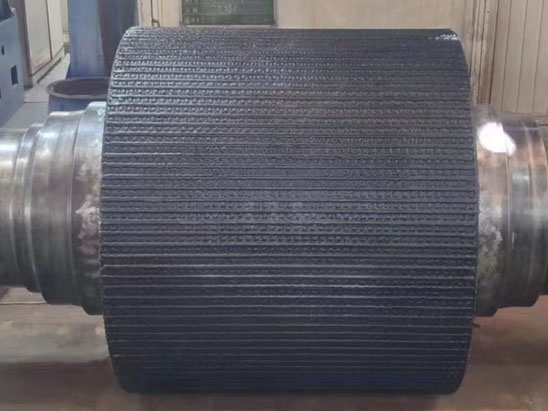
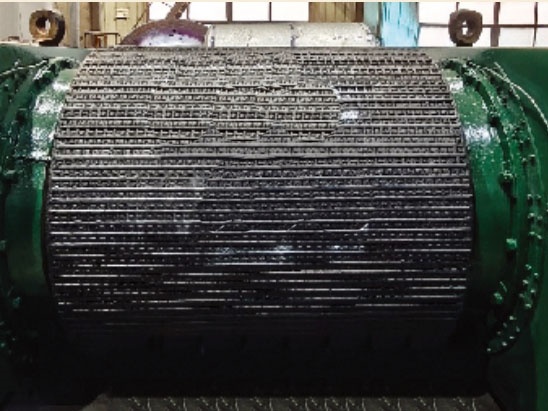
The vertical mill roller is designed according to the working conditions and the wear resistance curve of the product. Powder metallurgy technology is used to add studs (material:titanium carbide/tungsten carbide) in the wear area combined with surfacing technology, special welding materials are used to form inlaid welding structure and metallurgical combination to improve product wear resistance Sex and service life, and achieve regenerative repair to improve product life. These rollers are suitable for extreme Under harsh working conditions, it can replace ceramic rollers currently on the market.
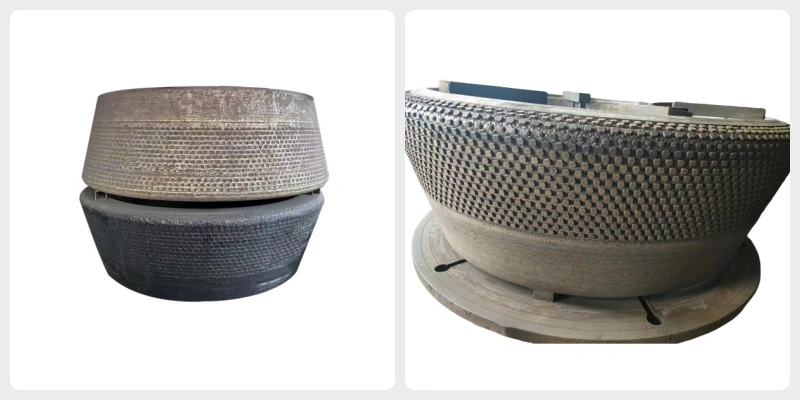
Characteristics of different types of vertical mill rollers
Item | Hardfacing roller | Ceramic roller | YDFH Roller |
shaping method | hardfacing | Inlay casting | Inlay welding |
Wearing layer thickness | 40~100 | 40~60 | 40~60 |
Main hard phase of hard surface | NbC, Cr7C3,VC,MoC And so on | ZTA Ceramic | TiC、NbC、Cr7C3、VC、MoC and so on |
Repair-ability | No | No | Can repair 3-5 times |
Roller surface integrity | Restorable to original size | Unrecoverable | Restorable to original size |
Roller Servicing life under Typical working condition | 8000 hours | 16000 hours | 15000-20000 hours |
Cost performance | High under normal working condition | Low | High under under harsh Working conditions |
Notes:Alloy stud surfacing welding vertical mill roller introduction (technical code: YDFH)

